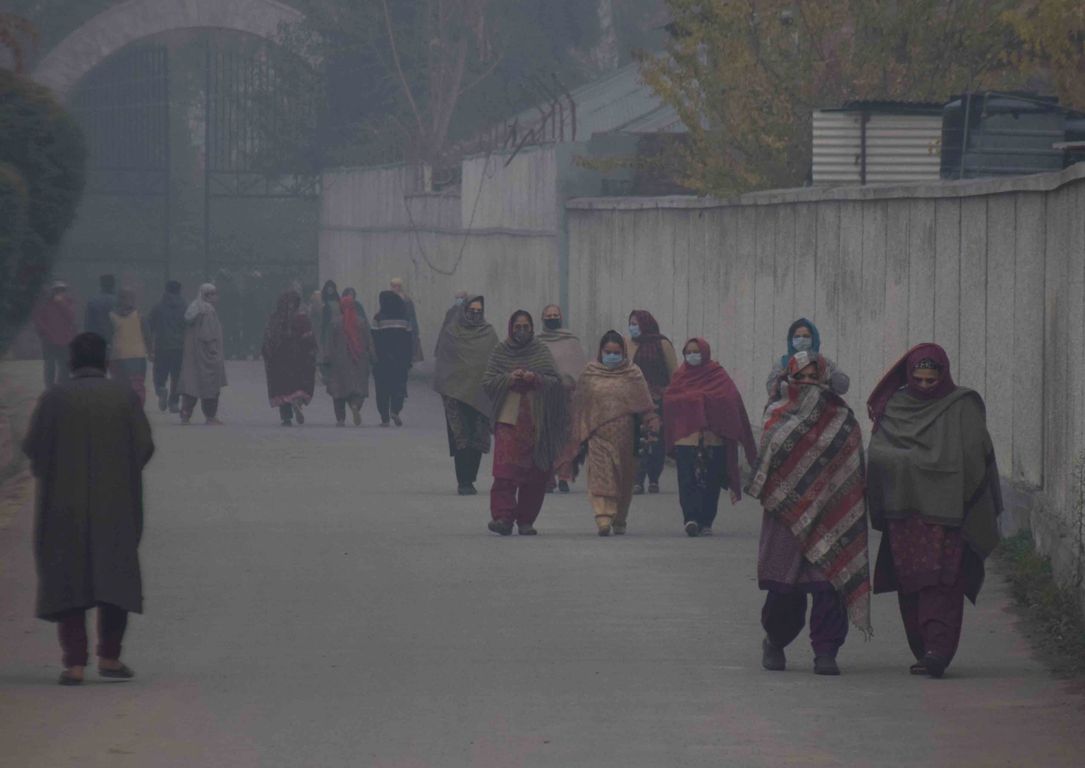SRINAGAR: Following the unexpected decline in the aftermath of the abrogation of Article 370 and the subsequent COVID-19 pandemic, it is expected that the export of Kashmiri handicrafts will amount to Rs 1000 crore during the fiscal year of 2022-2023.
In the wake of the abrogation of Article 370 on August 5, 2019, followed by the COVID-19 pandemic which has had a devastating impact on the global economy, the region of Kashmir remained closed for several weeks. Despite these challenges, it is encouraging to note that the export of handicrafts from Kashmir has increased during the fiscal year of 2022-2023.
According to official figures obtained by the news agency KINS, exports amounting to Rs 728.99 crore were recorded during the first three quarters of the fiscal year 2022-2023. Among these exports, Kashmiri carpets alone accounted for over Rs. 300 crore to various countries. Other notable handicraft items that were exported include shawls, paper machie, wood carving, and crewel/chain stitch products.
Mahmood Ahmad Shah, the Director of Handicrafts and Handlooms J&K, has reported that the figures for the export of Kashmiri handicrafts have been finalized for only the first three quarters of the current fiscal year. However, he expressed optimism that the export of these handicrafts is likely to reach Rs. 1000 crore by the end of the fiscal year 2022-2023. While it may take some time to confirm these final figures, Shah is confident in the positive trajectory of the industry.
During the 2021-22 fiscal year, Kashmir’s world-renowned handicraft products, which are known for their high quality and handcrafted nature, were exported to various markets for a total worth of Rs. 563.13 crore. Among these exports, carpets were the top-selling item with exports reaching Rs. 251.06 crore.
The Gulf and European countries represent a major customer base for Kashmiri carpets and Pashmina shawls. The iconic Kashmiri carpets are widely recognized for their intricate designs and impeccable craftsmanship, with some of the finest examples created during the Mughal-Afghan and Sikh-Dogra periods being showcased in prestigious museums across the globe. Recently, Jammu and Kashmir Lieutenant Governor Manoj Sinha reported an unprecedented growth in the handicraft and handloom sector of the Union Territory during the fiscal year 2022-2023. He attributed this success to several important measures taken by the administration to support and promote the industry.
“We are committed to provide training, design, technology, financial and other infrastructure support that will significantly contribute to the growth of this sector and earnings of artisans,” stated the Lieutenant Governor. “More than three lakh artisans are registered with the department. A number of steps like enhanced financial assistance, 7 per cent interest subvention, training, assistance to 3,000 Self Help Groups and cooperative societies have been taken to accelerate the development of this sector,” the LG said. (KINS)















